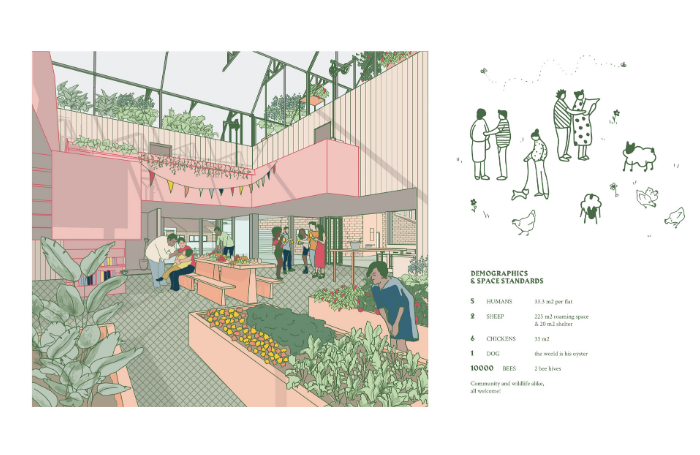Is architecture at its most potent when tackling real world challenges? Students from the University of Nottingham celebrate the centenary of the Addison Act with a project exploring the history of council housing.
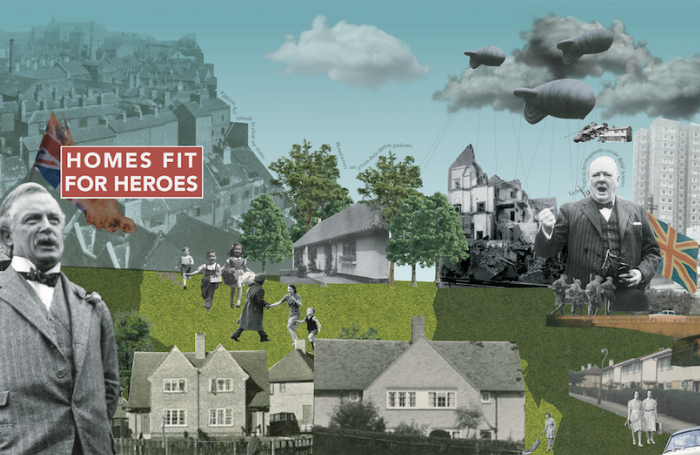
Undergraduate students of architecture at the University of Nottingham have been celebrating the centenary of the Addison Act: the 1919 act of parliament that first enshrined wide-scale local authority house building in the UK.
Studio unit 5A, with tutor Alison Davies, have been working alongside Nottingham City Homes and some of their tenants and residents to explore the history of council housing locally, and examine some of the architectural responses to this typology over the last century.
The ethos of the project is premised on the conviction that architecture is at its most potent when tackling real world challenges. 100 years since the act of parliament which first addressed the failure of the free market to provide decent homes for all, the housing crisis continues to be a national conversation politically, culturally and in architectural discourse.
Students at the University of Nottingham have responded energetically to these challenges, and their work demonstrates that addressing real world issues does not inhibit an imaginative and poetic response.
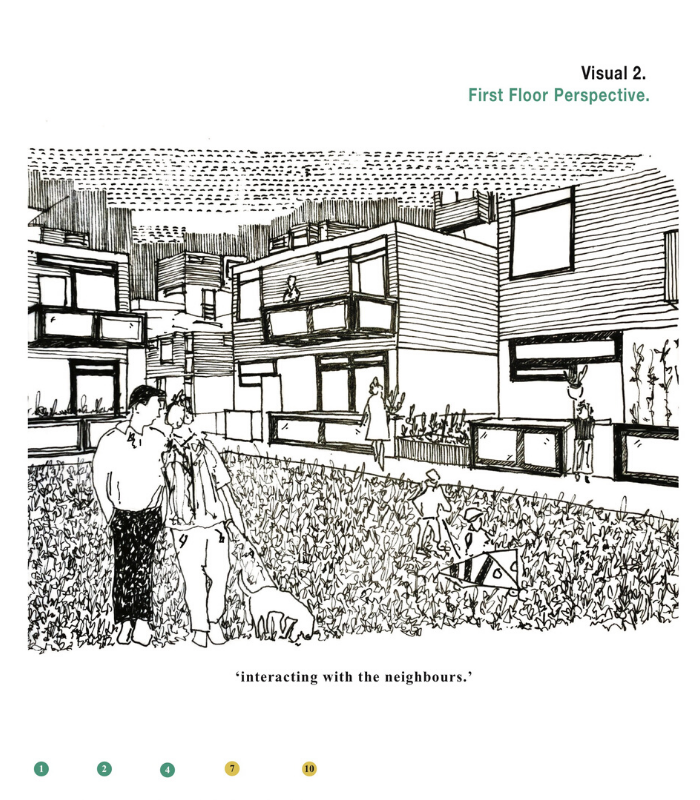
Highlights from the project have included resident-led site visits to different local estates, a week-long symposium and design charette with a range of architectural and theoretical speakers, and a chance for students to present their work to the general public at a RIBA Women in Architecture event.
Key contributors have included the team behind the Stirling Prize winning Goldsmith Street scheme at Norwich City Council, as well as pre-fabricated, MMC examples presented by Rogers Stirk Harbor: a provocation against the ‘failed’ YDG system-built examples from the 1960s.
Exchange students and staff from Delft Technical University also worked alongside Nottingham students during the symposium and charette to bring a European perspective.
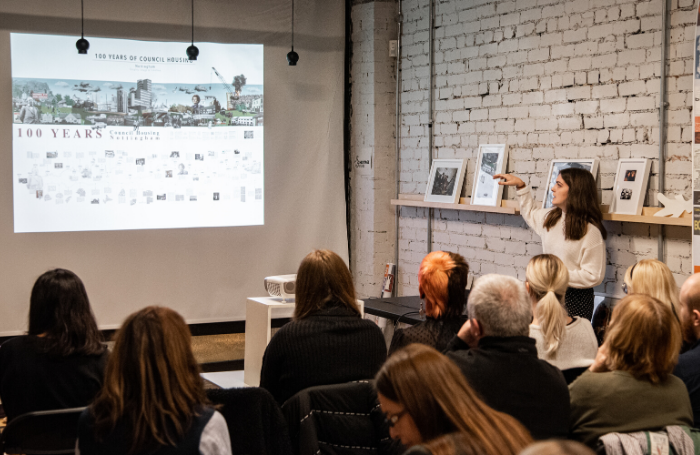
Different generations of council housing across the last 100 years encapsulate some of the key architectural ideas of the 20th century: from the inter-war garden city movement, to post-war, high-rise system building and its high-density, low-rise reaction.
Nottingham students conducted a series of local case studies to compare the development of these ideas, their urban response and comparative space standards. They also examined contemporary precedents to bring the conversation up to date.
Design schemes emerging from these studies have looked at a range of contemporary issues:
- the densification of existing estates
- the re-imagining of ‘failed’ schemes - built in the 1960s and demolished within twenty years
- the reordering of Radburn-type cluster layouts
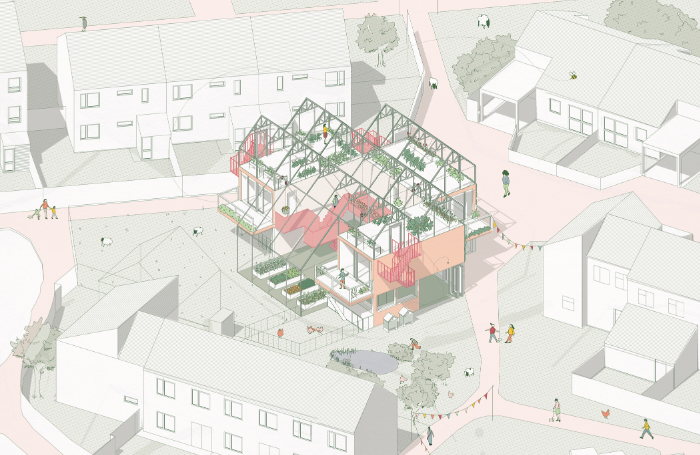
More radical proposals included new floating communities responding to the climate emergency, and models for intergenerational co-living designed to address social isolation.
Among the work produced was a thought-provoking short film charting the development of council housing across the period and addressing some of the preconceptions surrounding it.
Students will continue to develop their thesis projects over the course of the academic year, ready for a final exhibition in summer 2020.
RIBA Future Architects is a network and a community for future and emerging architects, designed to support, inspire and provide a voice as you transition from study to practice. View our resources here.
